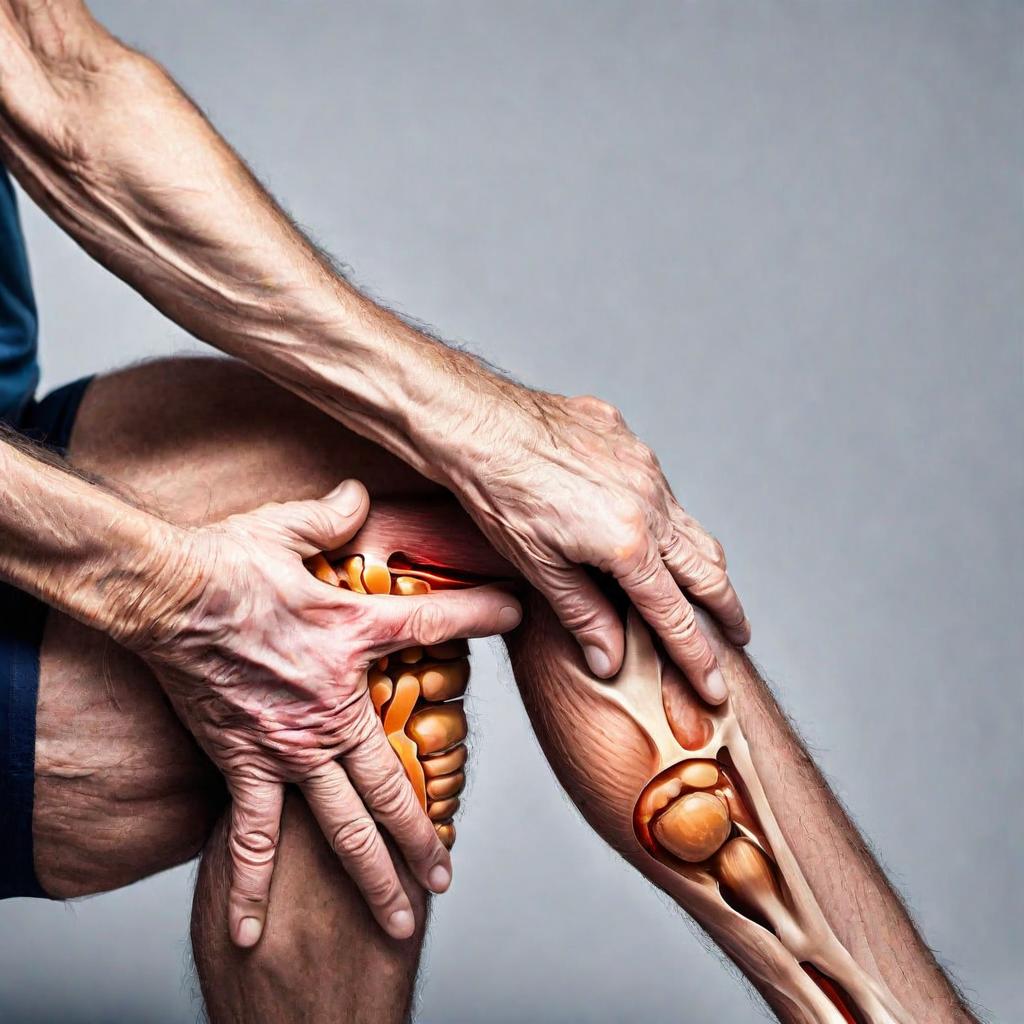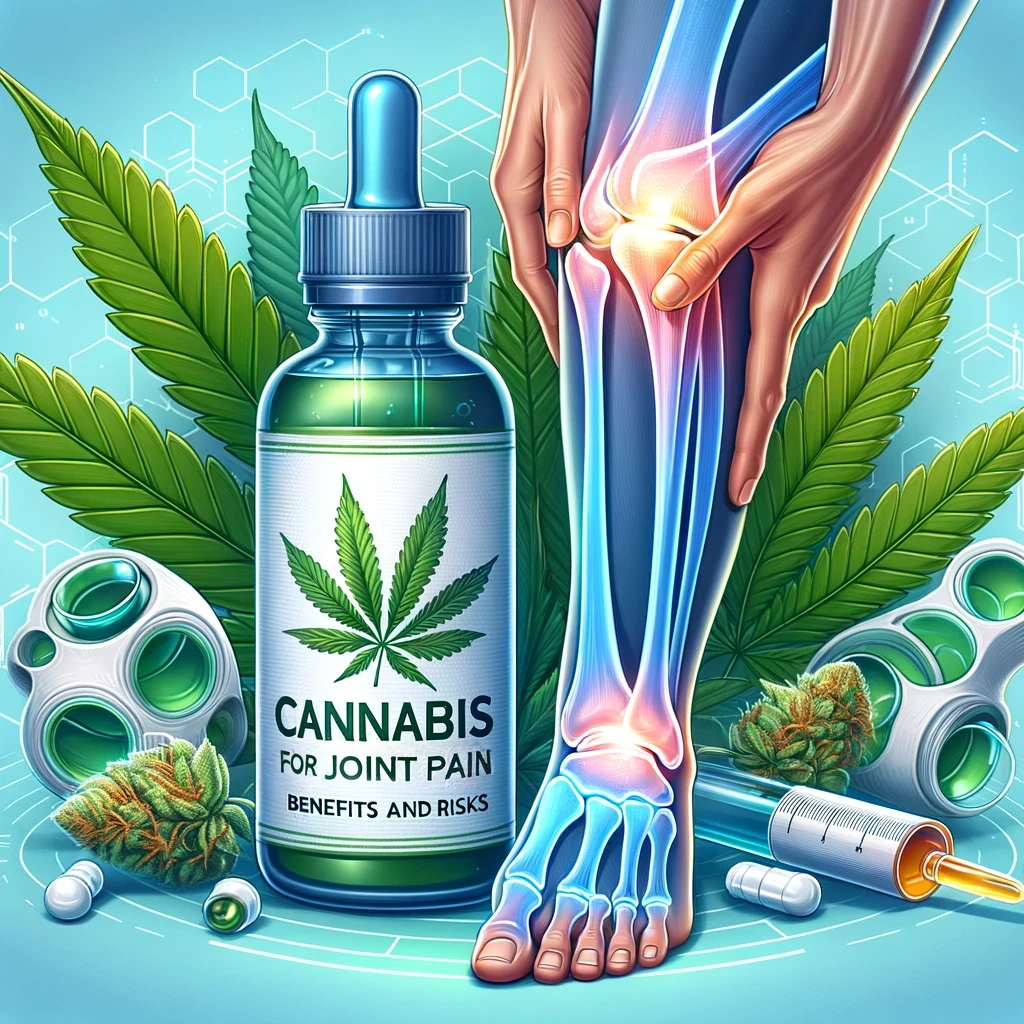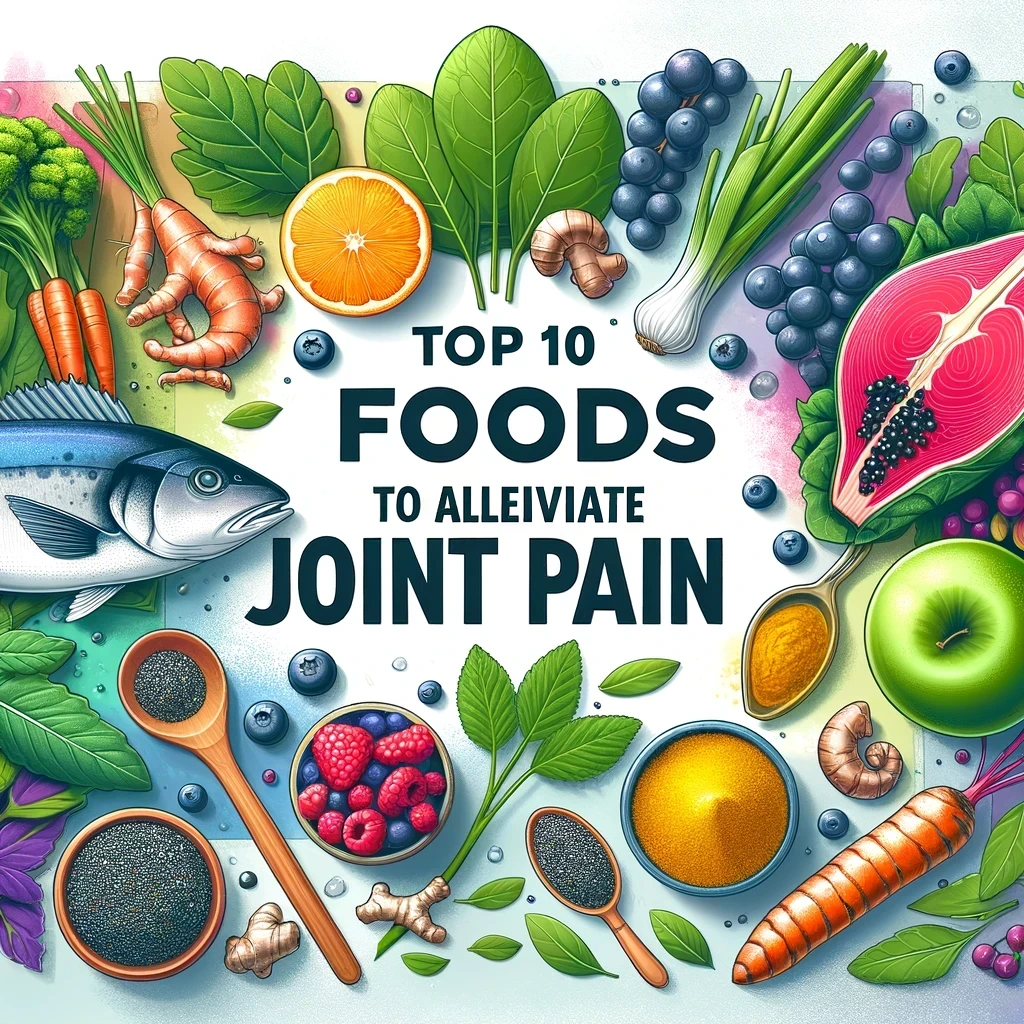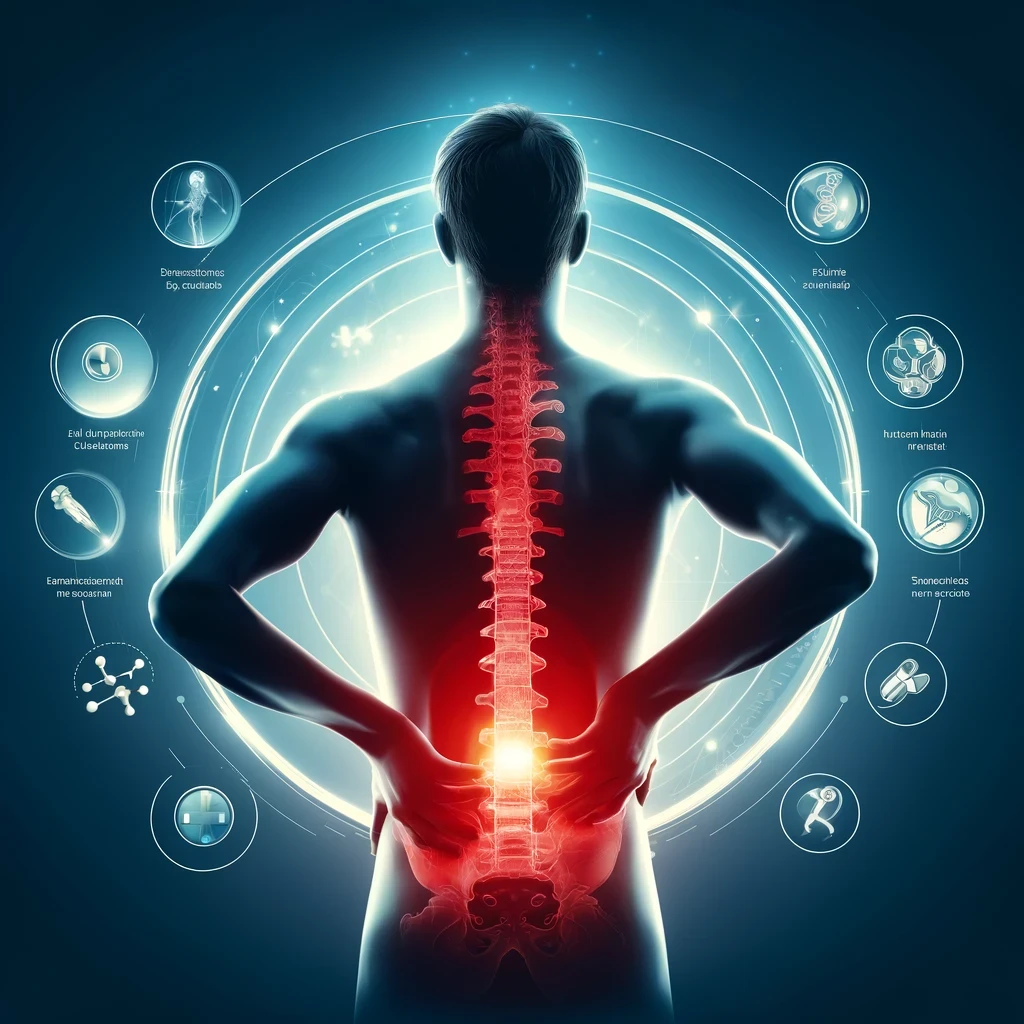
Joint pain is a widespread issue that affects people globally, especially the elderly, significantly impacting their quality of life and mobility. Understanding the common causes of joint pain is essential for effective management and treatment. This article explores the various factors that contribute to joint pain, offering insights into prevention and treatment options.
We will delve into injury-related causes, medical conditions, lifestyle factors, and age-related influences, providing practical tips for preventing joint pain. Additionally, we will address frequently asked questions to offer a comprehensive guide to understanding and managing joint discomfort.
Types of Joint Pain
- Acute Joint Pain: Temporary and usually the result of an injury or infection. It comes on suddenly and is often intense.
- Chronic Joint Pain: Persists for weeks, months or even years. Conditions like arthritis are often behind this type of pain.
Injury-Related Causes
Injuries are a common cause of joint pain and can result from traumatic incidents, overuse or sports-related activities.
- Traumatic Injuries: Traumatic injuries, such as fractures, dislocations or sprains can damage the joints and lead to pain and inflammation.
- Overuse Injuries: Overuse injuries occur when repetitive movements strain the joints, causing discomfort and reduced range of motion.
- Sports-Related Injuries: Athletes are susceptible to joint pain due to the high-intensity nature of sports activities, which can lead to injuries such as tendonitis or ligament tears.
Medical Conditions
Various medical conditions can contribute to joint pain, including arthritis, bursitis and tendinitis.
- Arthritis: Arthritis is a common condition characterized by inflammation in the joints, resulting in pain, stiffness and reduced mobility.
- Bursitis: Bursitis occurs when the fluid-filled sacs that cushion the joints become inflamed, causing pain and tenderness in the affected area.
- Tendinitis: Tendinitis refers to inflammation or irritation of the tendons, which connect muscles to bones and can cause pain and limited movement.
Lifestyle Factors
Certain lifestyle choices, such as obesity, a sedentary lifestyle and poor posture can contribute to joint pain.
- Obesity: Excess weight puts added stress on the joints, particularly the knees and hips, leading to pain and discomfort.
- Sedentary Lifestyle: Lack of physical activity can weaken the muscles supporting the joints, increasing the risk of pain and stiffness.
- Poor Posture: Improper posture can strain the joints and muscles, leading to chronic pain in the back, neck and shoulders.
Age-Related Factors
As individuals age, they may experience joint pain due to degenerative joint disease, osteoporosis and hormonal changes.
- Degenerative Joint Disease: Degenerative joint disease, such as osteoarthritis is a result of wear and tear on the joints over time causing pain and stiffness.
- Osteoporosis: Osteoporosis is a condition characterized by weakened bones that are more prone to fractures leading to joint pain and mobility issues.
- Hormonal Changes in Menopause: Hormonal changes during menopause can affect joint health leading to pain and inflammation in certain individuals.
Conclusion
In conclusion, joint pain can stem from a variety of causes, including injuries, medical conditions, lifestyle factors and age-related changes. It is essential to seek medical advice for proper diagnosis and treatment. By incorporating preventive measures such as maintaining a healthy weight, staying active and practicing good posture, individuals can reduce their risk of joint pain and improve their overall quality of life.
FAQs
Can joint pain be prevented?
Joint pain can often be prevented or minimized by maintaining a healthy lifestyle. This includes regular exercise to keep joints flexible and strong, maintaining a healthy weight to reduce stress on joints, eating a balanced diet rich in anti-inflammatory foods, avoiding excessive repetitive motions, and practicing proper body mechanics during activities.
How is joint pain diagnosed?
Joint pain can be diagnosed through a combination of medical history, physical examination, imaging tests (such as X-rays, MRI, or CT scans), and sometimes blood tests to check for signs of inflammation or underlying conditions. A healthcare professional will assess symptoms, examine affected joints for swelling, tenderness, or deformity, and may order further tests to determine the cause of the joint pain.
When should I seek medical help for joint pain?
It’s important to seek medical help for joint pain if it:
Is severe or persistent.
Interferes with daily activities or mobility.
Is accompanied by swelling, redness, or warmth around the joint
Occurs after an injury or trauma.
Is associated with fever, chills, or other systemic symptoms
Worsens over time or affects multiple joints.
Occurs alongside other concerning symptoms, such as unexplained weight loss or fatigue.
Is experienced by children or individuals with a history of autoimmune disorders or joint problems.



